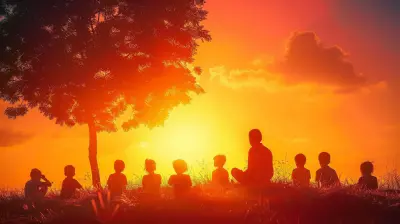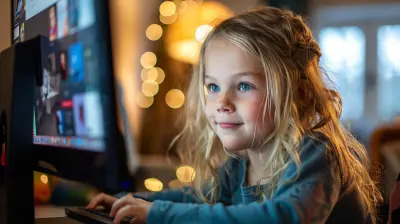How to Use Podcasting as an Educational Tool in the Classroom
23 November 2025
Ever feel like your classroom lessons could use a little more spark? Like those textbooks and traditional lectures are getting... well, a little tired?
Let me let you in on a little secret — podcasting. Yup, that thing people use to chat about true crime stories, sports, and what they ate for breakfast. It turns out, podcasting isn't just for entertainment; it's also a powerful, flexible, and super engaging educational tool.
In this article, we’ll break down exactly how you can use podcasting in your classroom to amplify learning, build student engagement, and even boost digital literacy. So grab your headphones — this is gonna be good.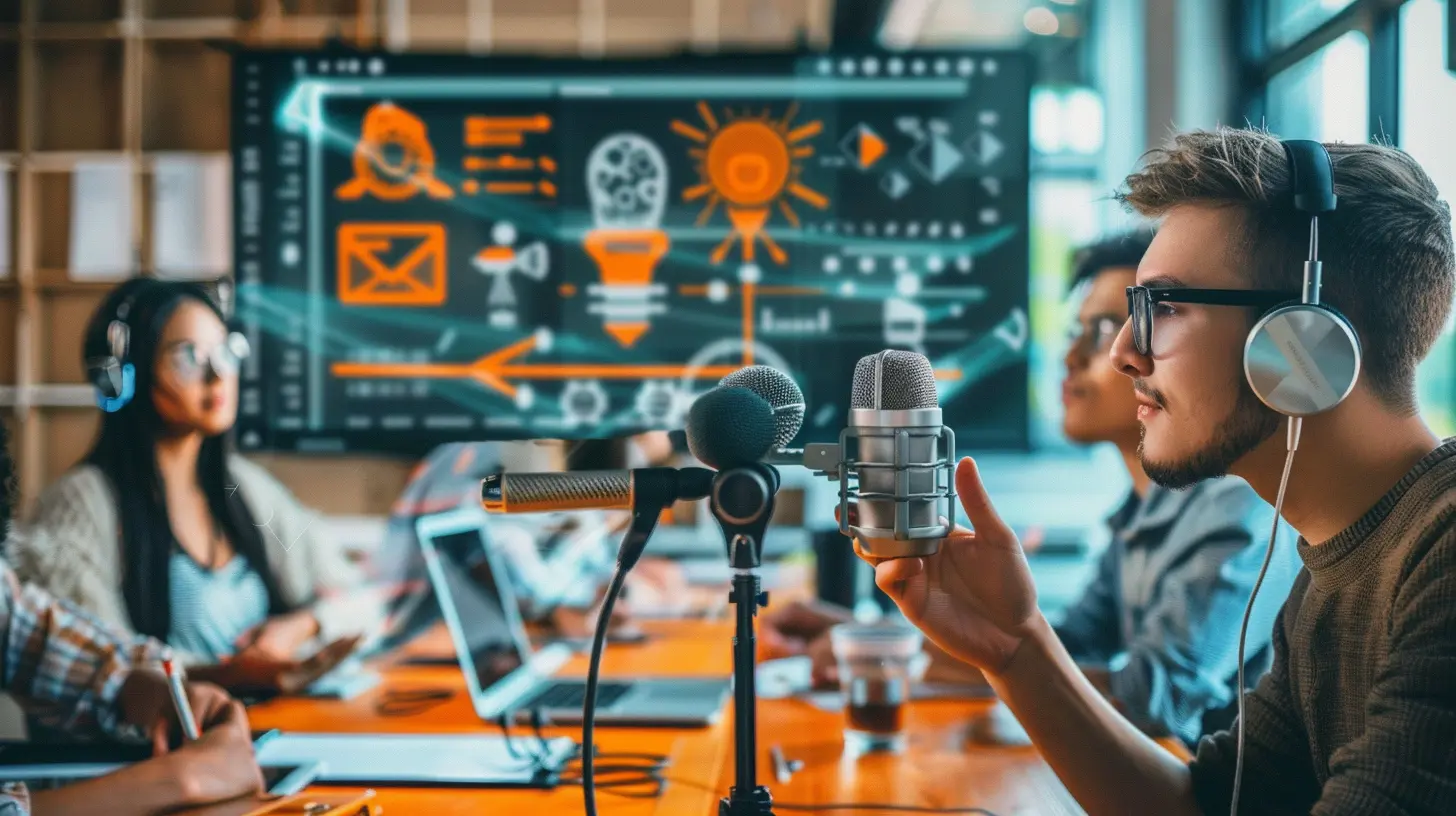
🎙️ What Is Podcasting and Why Should Teachers Care?
Okay, let’s start from the top.Podcasting is a digital audio medium where people record conversations, lectures, or stories, and upload them online for others to listen to. It’s basically modern-day radio on demand — but far more accessible.
But here’s the kicker: podcasting isn’t just passive listening. When used right, it can be interactive, reflective, and deeply educational.
So why should teachers care? Because today’s students are digital natives. They’re already tuned in to YouTube, Spotify, and TikTok. If we meet them where they are — in their ears — we can make learning more personal, more powerful, and a lot more fun.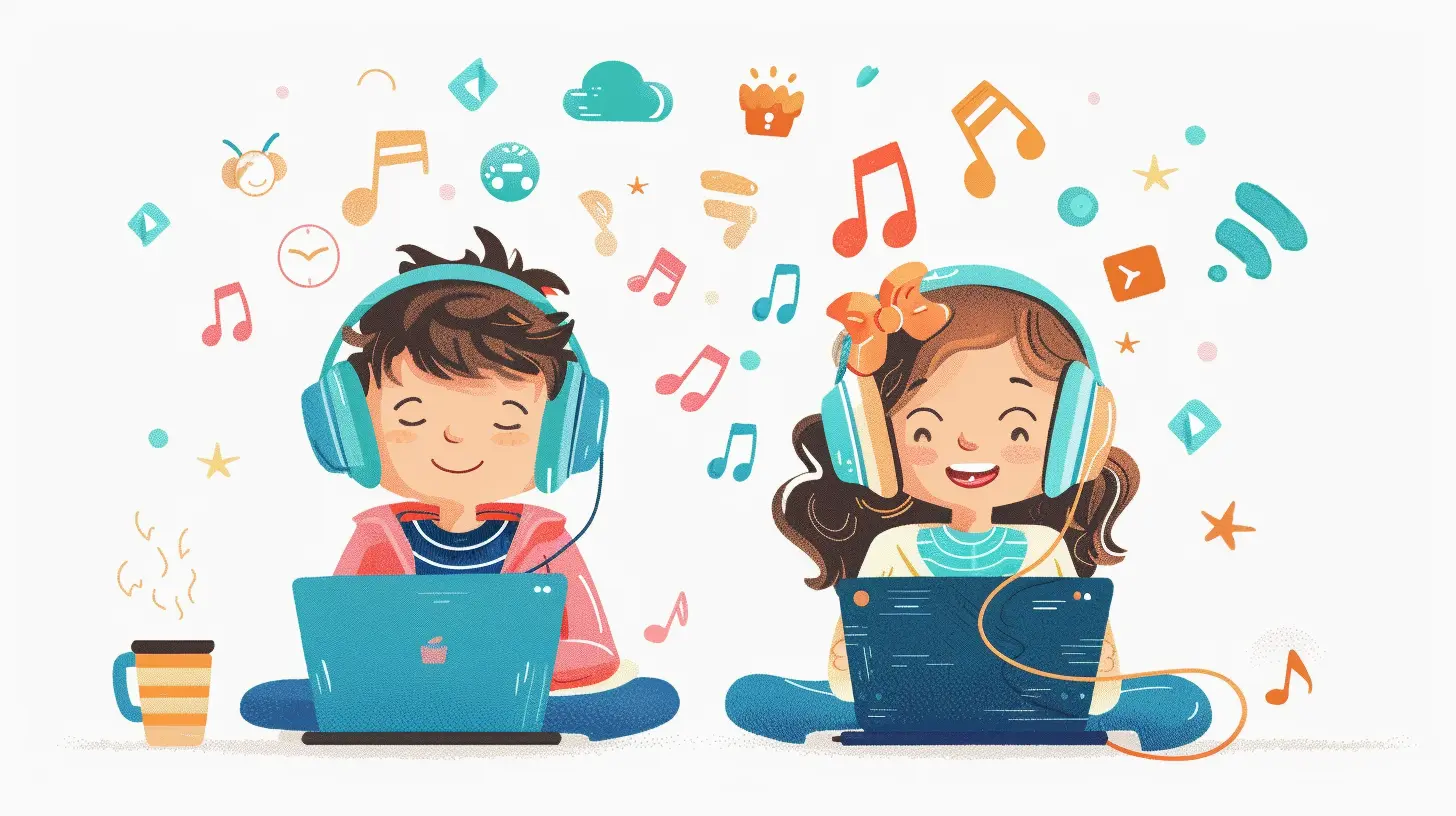
🎧 The Perks of Podcasting in the Classroom
Let’s break down the big wins:1. Engaging Auditory Learners
Every student learns differently. Some are visual learners. Others? They thrive on sound. Podcasting gives auditory learners the fuel they need to really absorb and retain information.2. Fostering Critical Thinking and Research Skills
When students create their own podcasts, they’re not just talking into a microphone. They’re researching, scripting, editing — heck, they’re becoming little investigative journalists.3. Boosting Communication Skills
Writing a paper is one thing. Trying to make someone care about your topic using only your voice? That’s next-level communication. Podcasts teach students to speak clearly, stay on topic, and connect with their audience.4. Encouraging Collaboration
Podcasting often involves groups — from writing scripts to co-hosting or editing. It's a teamwork practice disguised as a creative project.5. Promoting Digital Literacy
Students don’t just consume media — they create it. Through podcasting, they learn how to navigate tech tools, understand copyright rules, and craft responsible digital content.
🧠 Podcasting in Action: Real Classroom Use Cases
Wondering what podcasting actually looks like in a lesson plan? Let’s walk through some examples:🏛️ History Class: Time Travel Radio
Students can take on the role of historical figures, reenact famous speeches, or debate events from different perspectives — all in a podcast format. This isn't just history, it's a time-travel talk show.📚 English/Language Arts: Literary Discussions
Have your students interview fictional characters, analyze poems, or perform dramatic readings with commentary. It’s like a book club with mics.🌍 Science: Explainer Episodes
Students can create short episodes explaining scientific concepts — from photosynthesis to the theory of relativity. Who said science can’t be fun?🎨 Art & Music: Story Behind the Canvas
Students research and discuss famous artists, composers, or movements, offering commentary and analysis. Bonus points if they add music or sound effects!🗣️ Foreign Languages: Language Practice
Record role plays, interviews, or vocabulary quizzes. Listening back helps with pronunciation, and sharing with peers adds motivation.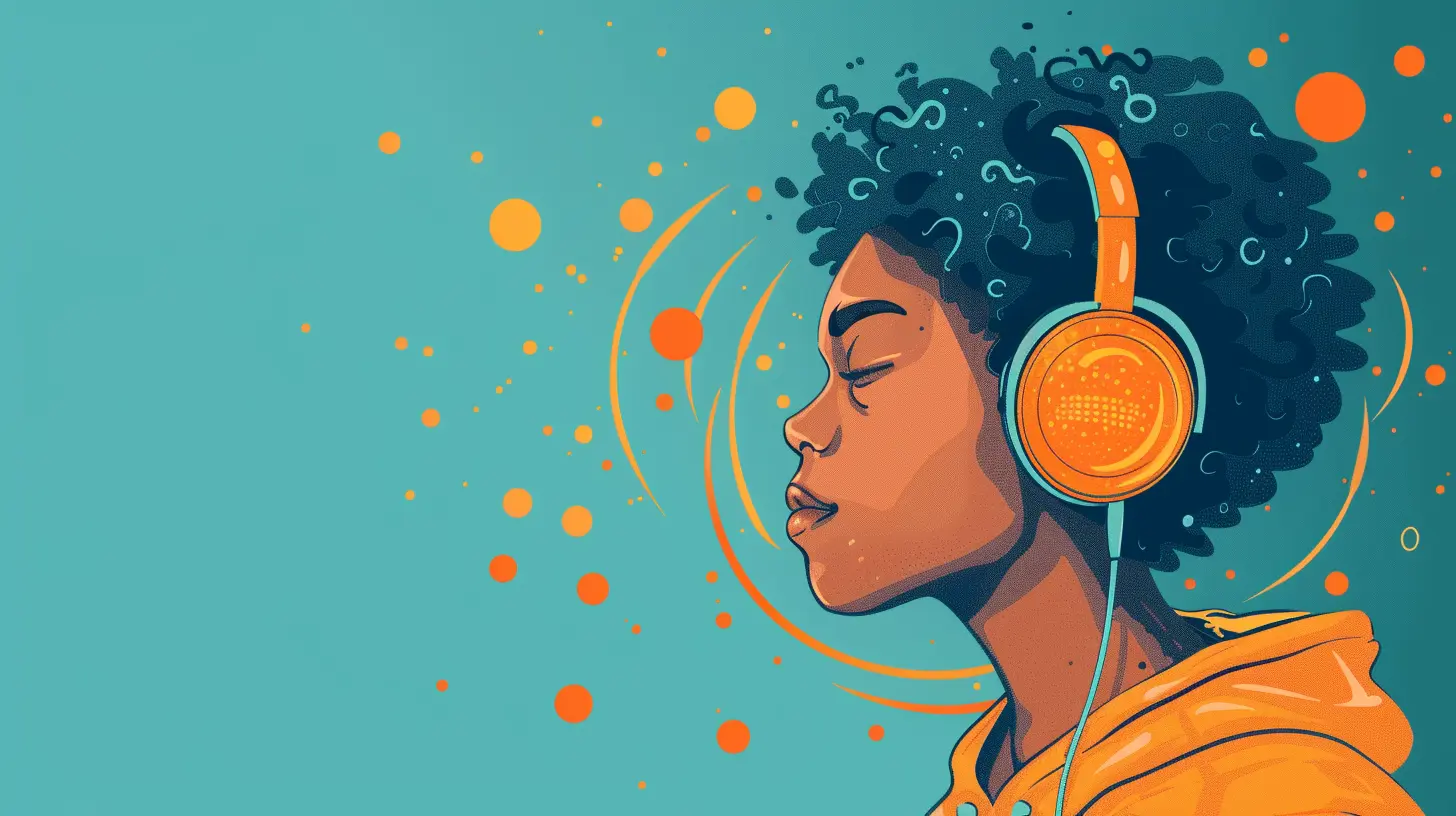
🛠️ Getting Started: What You Need for Podcasting in Class
You don’t need a professional studio or a Hollywood budget to get going. Here’s your basic podcasting toolkit:✳️ Basic Equipment
- A computer or tablet (usually what’s already in your classroom)- Microphones – USB mics are affordable and plug-and-play
- Headphones – For quality control and preventing audio feedback
✳️ Software
- Recording: Audacity (free!), GarageBand (Mac), or even online tools like Anchor- Editing: Same tools as above — they’re intuitive and student-friendly
- Hosting: You can keep it local or upload episodes to platforms like SoundCloud
✳️ Planning Templates
Provide students with podcast worksheets or templates:- Episode title
- Objective
- Intro and outro
- Key talking points
- Sources and research notes
Structure gives creativity a solid foundation.
📝 Student Podcasting Projects to Try
Need some inspiration? Here are a few student-friendly podcast project ideas across subjects:🔬 “Science Minute”
A short, snappy explainer on a scientific topic.🏫 “Voices of Our School”
An interview series with teachers, staff, and fellow students. Great for building community.📖 “Page to Podcast”
Book reviews, character interviews, or literary analysis.🌎 “Around the World”
Students podcast about different countries, cultures, or current events.🎤 “What If?”
A speculative podcast where students ask, “What if X never happened?” and explore the implications.Let them pick topics that matter to them. When students feel ownership, everything changes.
🧩 Assessment and Feedback: Grading Podcasts
You might be thinking, “Cool — but how do I grade this?”Here’s a simple rubric you can tweak:
| Criteria | Points |
|---------|--------|
| Content Accuracy | 20 |
| Creativity & Engagement | 20 |
| Script & Organization | 20 |
| Audio Quality | 15 |
| Teamwork (if applicable) | 15 |
| Delivery & Presentation | 10 |
| Total | 100 |
Also, consider self-reflection logs. Ask students to reflect on what they learned, what they’d do differently, and what they’re proud of. That kind of metacognition is gold.
🧠 Pro Tips for Teachers New to Podcasting
Let’s keep it real — your first podcasting project might be a bit messy. And that’s okay. Here are some quick tips to ease the process:- Start Small: A 1-minute podcast is still a podcast.
- Model It: Create your own mini podcast as an example.
- Pair Up: Collaboration reduces workload and builds confidence.
- Focus on Story: Audio quality matters, but content is king.
- Celebrate the Process: Not every episode will be perfect. It’s all about growth.
Remember, podcasting is a skill — and just like writing or painting or coding — it improves with practice.
🤔 Podcasting vs. Traditional Projects
Let’s put it side-by-side:| Traditional Project | Podcasting |
|---------------------|------------|
| Poster or presentation | Audio storytelling |
| Often one-way communication | Potential for discussion and sharing |
| May feel repetitive | Totally fresh and flexible |
| Limited to classroom walls | Shareable with the world |
You’re not just replacing old projects. You’re upgrading them — turning essays into conversations, quizzes into narratives, and students into creators.
🌱 The Bigger Picture: Long-Term Benefits
Still on the fence? Let’s zoom out.Podcasting teaches kids to:
- Speak with confidence
- Think critically
- Use tech responsibly
- Empathize with others
- Adapt to changing platforms and tools
These are 21st-century life skills — not just classroom wins.
Plus, think of the pride students feel when they share their work with real listeners. It’s authentic. It’s public. And it’s meaningful.
🎯 Final Thoughts: Turn Up the Volume on Learning
Let’s not sugarcoat it — teaching is hard. Staying creative, keeping kids engaged, and meeting standards all at once? That’s a lot. But podcasting isn’t just another new thing to learn. It’s a powerful way to deepen understanding, build community, and have a little fun along the way.So next time you're thinking of assigning a report, a project, or a presentation... maybe think podcast instead. Your students — and their earbuds — will thank you.
all images in this post were generated using AI tools
Category:
Educational TechnologyAuthor:

Zoe McKay
Discussion
rate this article
1 comments
Hesper Abbott
Podcasting in the classroom? Finally, a way to make my students listen to me without rolling their eyes! Just a heads up: if they start asking for my ‘best of’ compilation, I might need a little more practice!
November 23, 2025 at 5:14 AM
